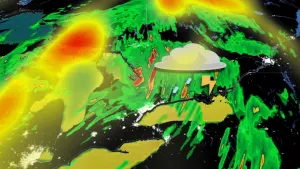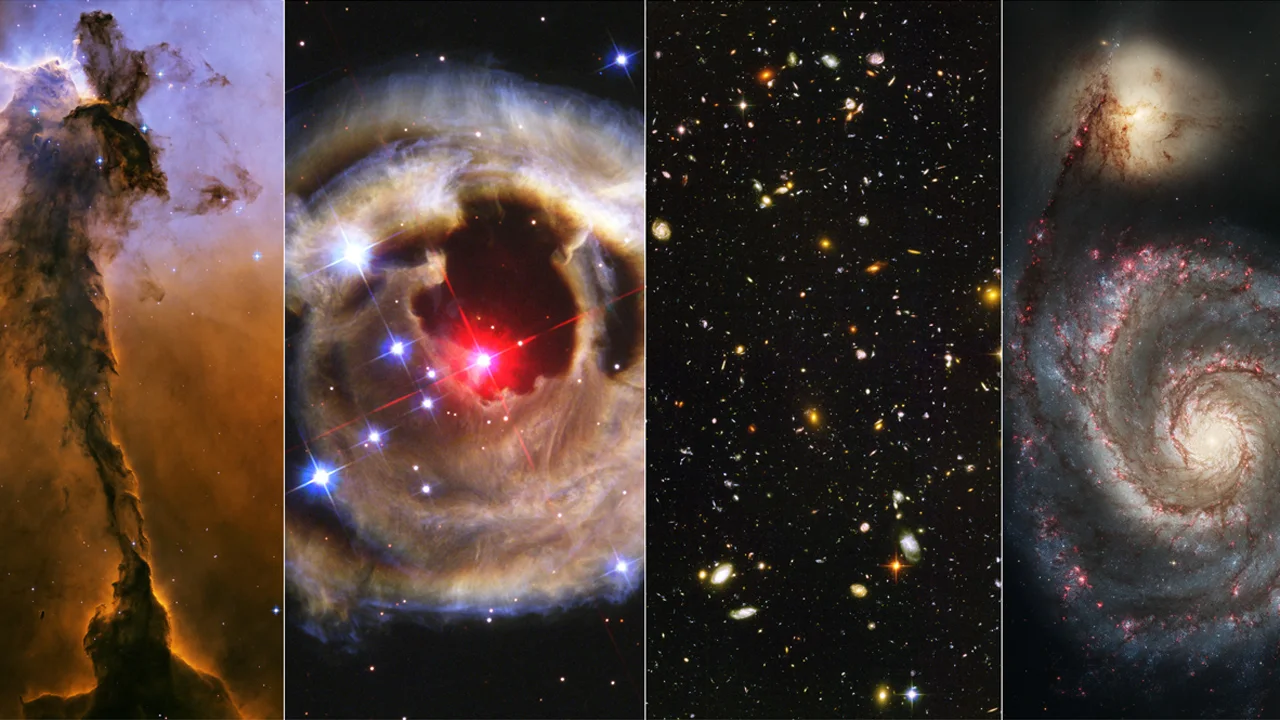
New Hubble video shows off 20 years of its most spectacular views of space
Love space? Then you won't want to miss this.
The Hubble Space Telescope's Advanced Camera for Surveys has been unlocking some of the most incredible secrets of the universe. A new video celebrates this milestone by providing us with highlights from the past two decades.
On March 7, 2002, while orbiting Earth on board the Space Shuttle Columbia, NASA astronauts Mike Massimino and Jim Newman installed a new instrument on the Hubble Space Telescope. The Advanced Camera for Surveys, or ACS, would go on to take over 125,000 images to date, including some of the most compelling and beautiful pictures of the universe we've ever seen.
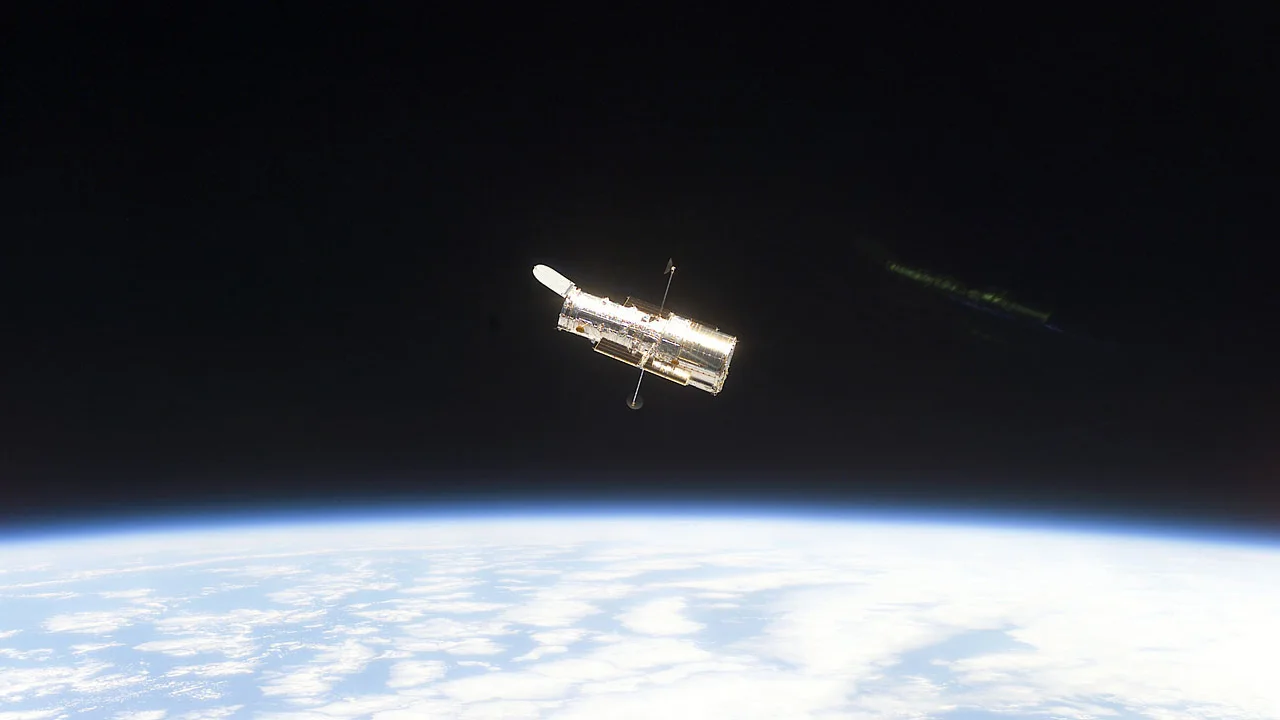
The Hubble Space Telescope orbits above the Earth on March 12, 2002, after being released by the crew of STS-109, on board the Space Shuttle Columbia, following several days of service and upgrades. A reflection of Hubble on the shuttle's window can be seen just to the right of the telescope. Credit: NASA/ESA
"When ACS was installed on Hubble, the telescope was already famous for taking deep images of the distant universe, like the Hubble Deep Field," Tom Brown, Head of the Hubble Space Telescope Mission Office at the Space Telescope Science Institute (STScI), said in a NASA press release. "However, because ACS was so powerful relative to the earlier cameras, it became routine to see very distant galaxies in the background of Hubble images, even when we were looking at nearby objects."
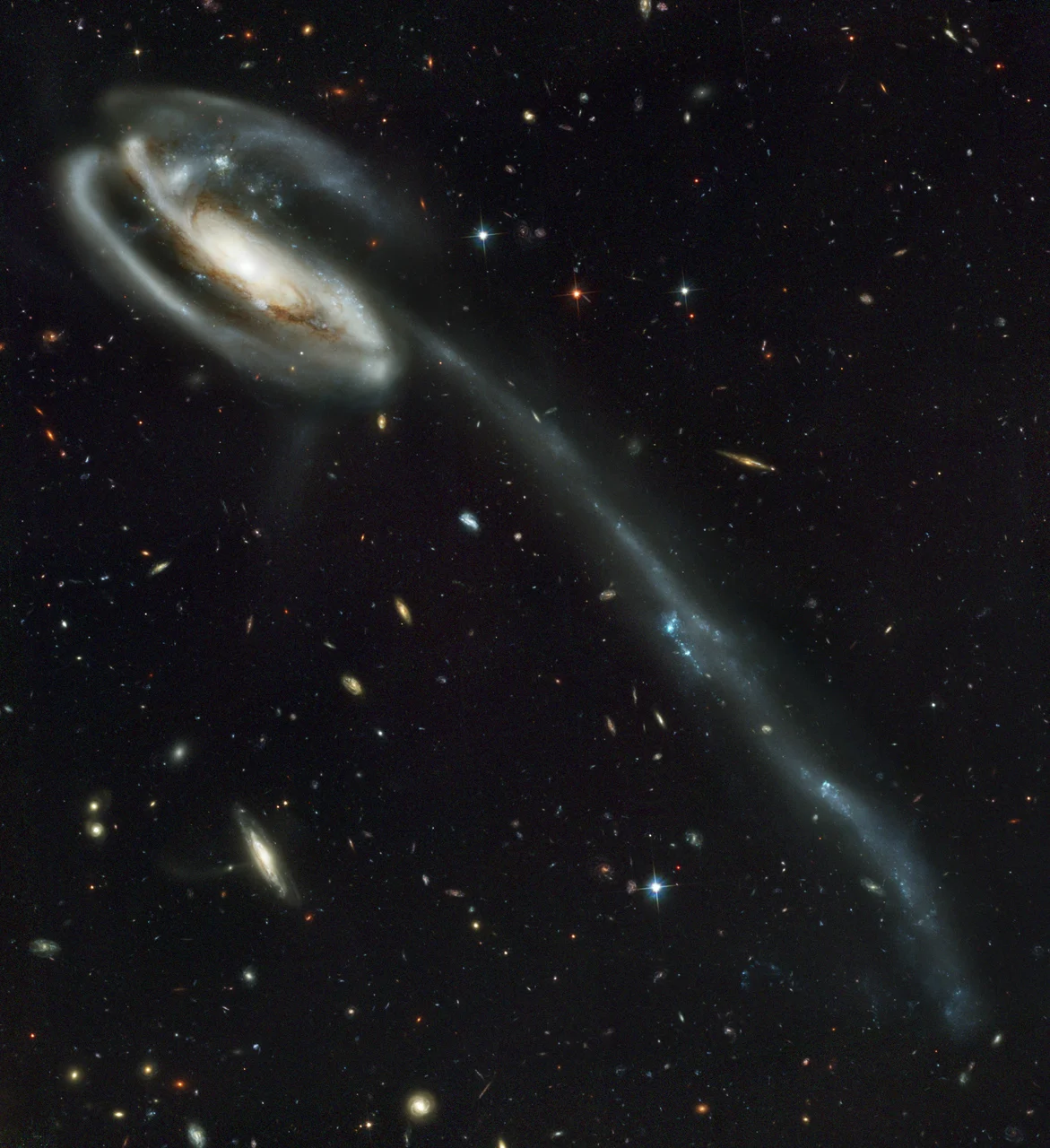
This image from Hubble's ACS was captured just one month after the camera was installed on the telescope. It depicts the Tadpole Galaxy, located around 420 million light years away from Earth. As remarkable as this image is just for the main subject, the view also captures dozens of galaxies in the background. Credit: NASA, H. Ford (JHU), G. Illingworth (UCSC/LO), M.Clampin (STScI), G. Hartig (STScI), the ACS Science Team, and ESA
"We knew ACS would add so much discovery potential to the telescope, but I don't think anybody really understood everything it could do," Massimino, who has since retired, said in the press release. "It was going to unlock the secrets of the universe."
Perhaps the most famous and scientifically important image ACS has ever contributed to is the Hubble Ultra Deep Field.
Although it covers just a tiny, seemingly empty area of the night sky, this image captures the light from an estimated 10,000 galaxies. Some of these are caught as they appeared roughly 13 billion years ago.
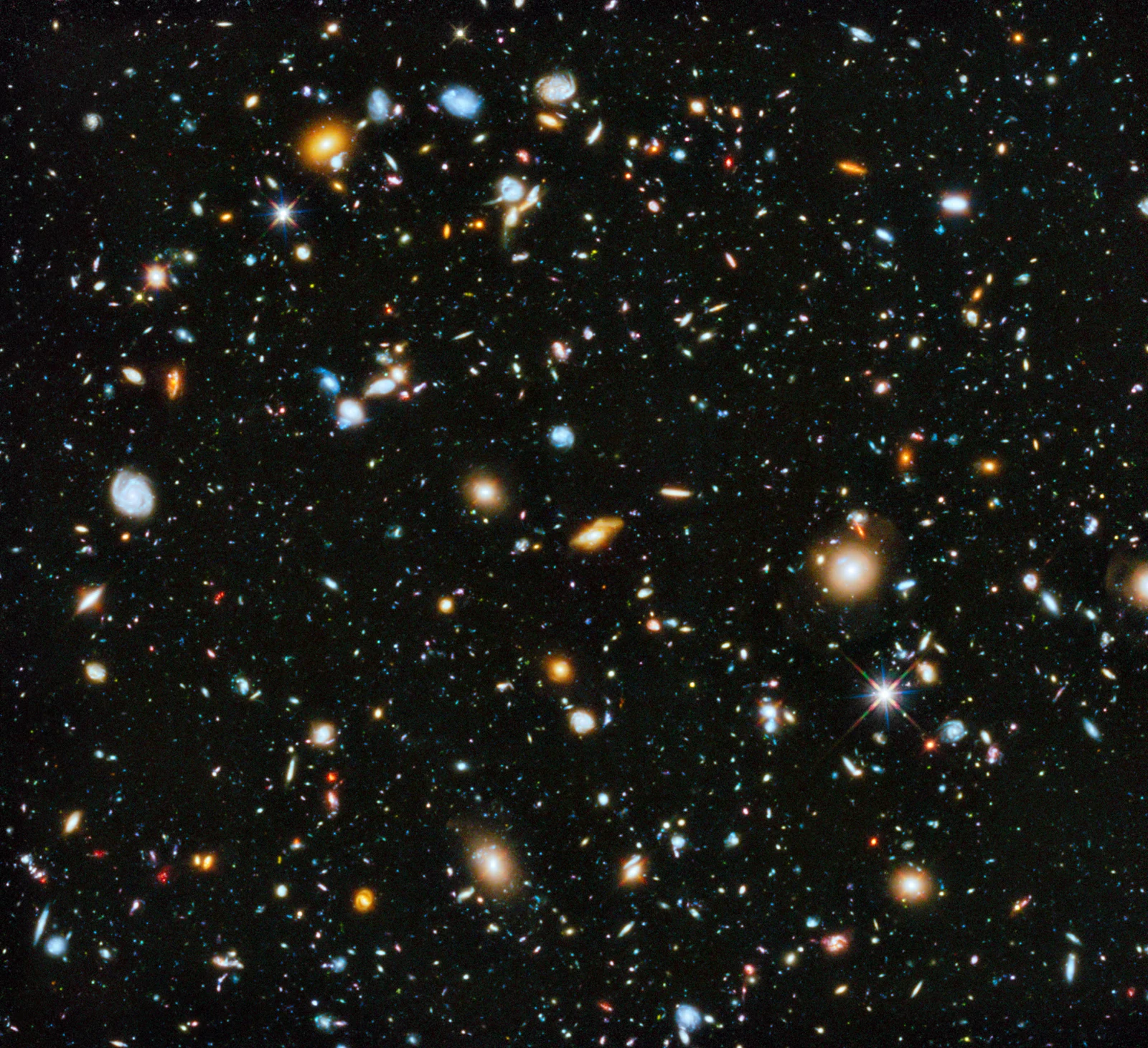
The Hubble Ultra Deep Field, captured in 2014, expanded our entire scale of the universe. Only a handful of stars from the Milky Way are visible here. The rest of the points of light in the image are galaxies. Credit: NASA, ESA, S. Beckwith (STScI) and the HUDF Team
"The Advanced Camera for Surveys has opened our eyes to a deep and active universe for two decades," Jennifer Wiseman, NASA's Hubble Senior Project Scientist, said according to NASA. "We are anticipating still more discoveries with this camera, in conjunction with Hubble's other science instruments, for many years to come."
Read more about this on Hubblesite.org.









